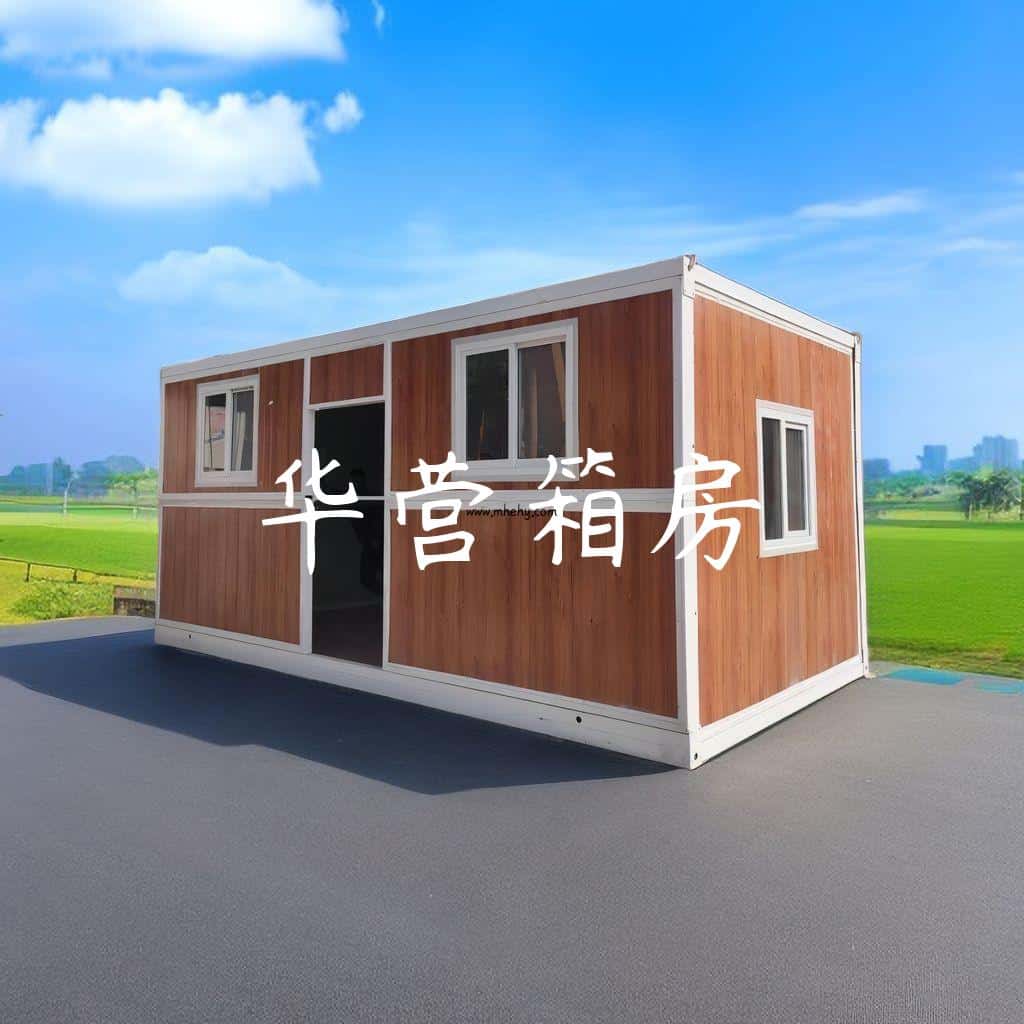The Expandable Revolution: A Closer Look at Modern Prefab Homes

Prefabricated homes, commonly known as prefab homes, have witnessed a tremendous revolution over the past few decades. These homes, initially associated with trailer parks and low-quality construction, have now evolved into stylish, eco-friendly, and highly customizable dwellings that challenge traditional notions of homebuilding. With the rise of the expandable revolution, prefab homes have become a viable and appealing option for homeowners seeking affordability, efficiency, and sustainability.
One of the key features of modern prefab homes is their expandability. Unlike traditional homes where expansion often requires lengthy and expensive construction processes, prefab homes are designed with the flexibility to grow with their occupants’ changing needs. This is made possible by their modular construction approach. Prefab homes are constructed in sections at an off-site factory and then transported to the desired location for assembly. This modular design allows for easy expansion by adding additional modules or sections when the need arises.
But how exactly does this expandability work? The expandable revolution in prefab homes utilizes innovative design concepts to maximize livable space. For instance, some manufacturers offer expandable units that can be expanded horizontally or vertically. The horizontal expansion involves adding extra modules to the sides of the existing home, effectively increasing its floor area. Vertical expansion, on the other hand, utilizes ingenious techniques such as rooftop extensions, creating additional living spaces without encroaching on the ground footprint.
In addition to expansion, modern prefab homes also incorporate cutting-edge technology and sustainable materials. These homes are built to optimize energy efficiency, reducing the environmental impact and saving homeowners money on energy bills. From solar panel systems and rainwater harvesting to smart home automation, prefab homes are equipped with the latest technological advancements to provide comfortable and sustainable living.
Moreover, prefab homes have emerged as a solution to the affordable housing crisis that many countries face today. The streamlined production process, utilization of cost-effective materials, and reduced labor costs associated with prefab construction make these homes more affordable than traditional construction methods. Prefab homes also offer quicker construction times, allowing homeowners to move in faster and save on their overall expenses.
The expandable revolution has not only transformed the perception of prefab homes but has also expanded their appeal across various demographics. These homes are no longer limited to specific styles or designs – they can be customized to match the vision and preferences of the homeowners. Whether it’s a sleek modern aesthetic or a charming rustic design, prefab homes offer a plethora of customization options, making them an attractive choice for those who desire a personalized living space.
Another key advantage of prefab homes is their reduced environmental impact. The use of sustainable materials, energy-efficient designs, and the modular construction process significantly reduce waste compared to traditional construction methods. Prefab homes are engineered to minimize their carbon footprint, making them an eco-conscious choice for environmentally aware homeowners.
In conclusion, the expandable revolution has revolutionized the prefab home industry, transforming it into a vibrant and versatile market. With their expandability, affordability, sustainability, and customizable designs, modern prefab homes offer a compelling alternative to traditional construction methods. As more people embrace the benefits of prefab homes, this revolution is set to shape the future of homebuilding, giving homeowners more freedom, flexibility, and control over their living spaces.













